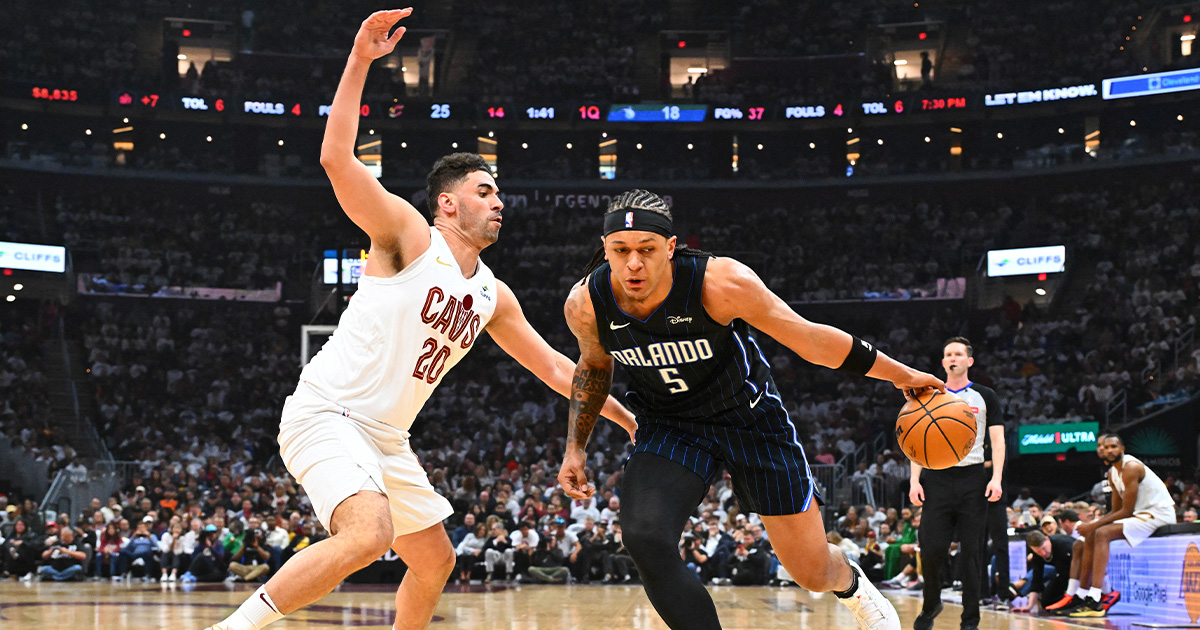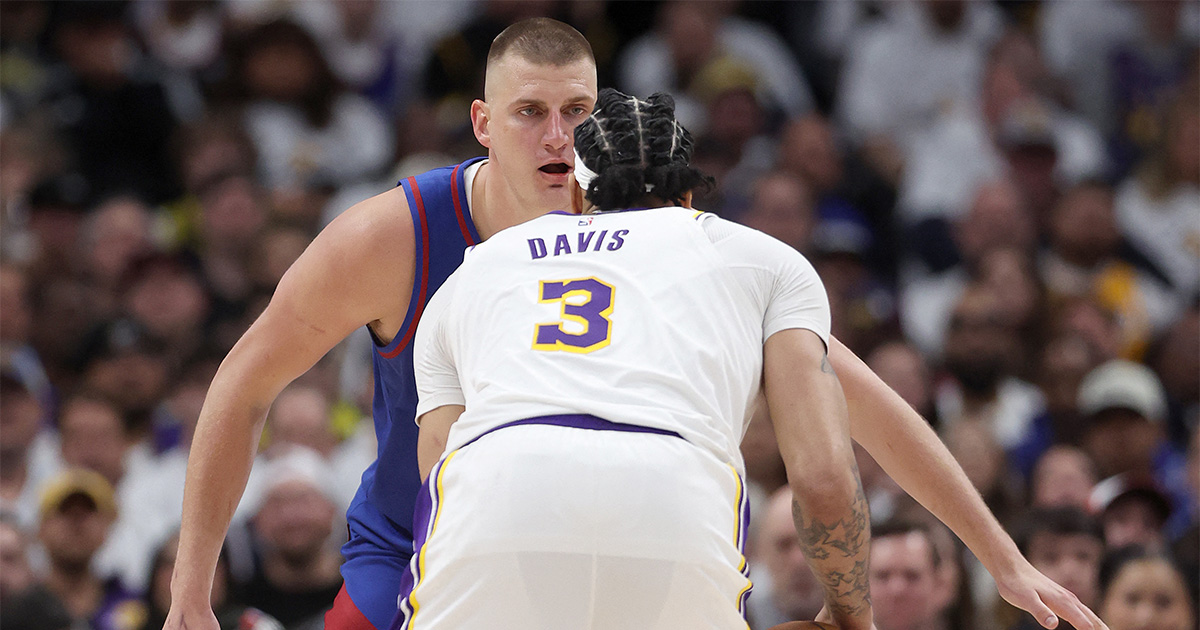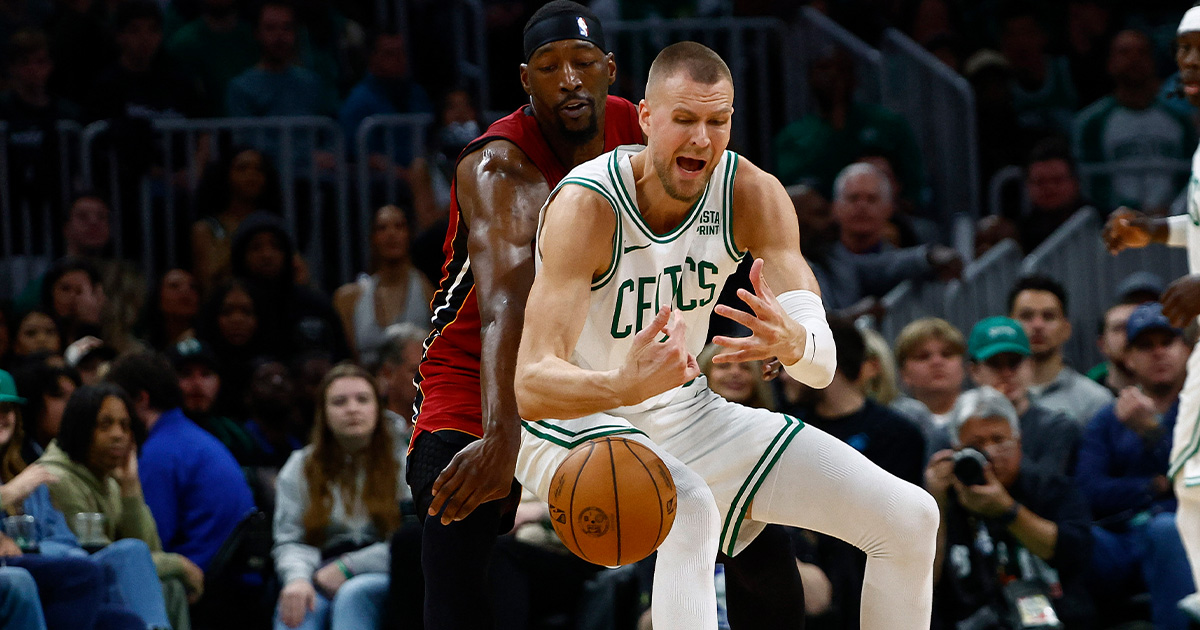Tutorials are the fundamental means to introduce a video game and its mechanics to a player. Depending on the genre and the difficulty of the game, tutorials may take on different forms from giving a bare-bones lesson on mechanics, or immersing the player in a likely situation while teaching the different mechanics. These are ultimately depending on the decision of the developers on how much they show in the tutorial.
Dota 2 is one of the most difficult multiplayer games in the market due to its complexity and nature as a MOBA game. From controlling heroes to learning objectives and items, there is a huge amount of information that the player must know before even making it past Herald ranks. The tutorial currently available in the client attempts to accomplish that with a five-part tutorial exploring different aspects of the game.
The Good Points
Currently, the Dota 2 tutorial has a good pace of progression in its tutorial. Once you start on Mechanics, the first level, it displays the fundamental points of the game from hero movement to minimap, objectives, and the lanes. It adds more aspects as you proceed on through the tutorials.
The game also forcibly pauses to show in-game tips and instructions for players to attack and cast their abilities. This creates an environment that teaches players without pressuring them with the amount of time. So much information is processed by each player in every passing moment of the game, which makes it overwhelming for beginners.
In each part of the tutorial, players are also given preset heroes that are easy to understand and embody each of the five roles from middle to carry to support. It implicitly teaches the player that there are different roles in each game.
Outside of the official tutorial, there are additional learning materials like the Last Hit Trainer, a mini-game that teaches one of the biggest fundamentals for the game. It is straightforward, and implicitly shows how important this one mechanic is to every aspiring Dota 2 player.
Areas in Need of Improvement
With the flexibility of item builds complementing various playstyles, the short item shop tutorial does not necessarily teach the concept of flexibility and recommended items for the beginner. While recommended items can come from player-made guides that are available in the client, Dota 2 could at least guide the beginner towards the idea of not rigidly sticking to a single build.
There should also be a tutorial that covers the fundamentals for warding, especially for supports. Because supports do not tend to last hit minions, a beginner support might unwarily take creeps from his carry and get flamed. While the earlier tutorials do teach denying creeps, it should also be emphasized as a practice more frequent for supports.
Roles are fundamental to the team play in Dota 2, but the tutorial does not make it clear that it is the norm for most games, whether pub or not. A game with five carries playing is likely to end in disaster where they are fighting for their own resources, rather than fighting to destroy the enemy Ancient. An expanded tutorial system exploring roles and other similar norms can be an optional tutorial alongside the Last Hit Trainer, as it is a concept that will come after games of playing.
With over 119 heroes in the roster split between three stat types, it can be hard to find a hero that clicks with beginners. It is great that all of them are free of charge, but the sheer number of choices makes it hard for them to try to pick a hero to stick to while learning the rest of the Dota 2 mechanics. Having a recommended hero pool based on the playstyle from the fifth and last part of the tutorial can help players ease into the game by first learning their heroes, then learning the rest of the game with those heroes.
Concluding Thoughts
All things considered, the current Dota 2 tutorial is pretty okay. It is impossible to simplify a game as complex as Dota 2 and make it palatable for the average person. For players experienced with MOBA games, however, the tutorial is also useful for bridging the common knowledge between their old and new MOBA games.
It is recommended to check out online resources for additional learning about the game. At the end of the day, Dota 2 will remain the complex game that it currently is, but some dedicated players have taken their personal time to make guides that cater a specific niche in the Dota 2 tutorial. There’s even a guide that matches the Dota 2 concepts with League concepts, and all it needs is for you to know where to look in order to find the perfect guide for your first steps in the game.
How about you? Do you think Dota 2 needs a better tutorial?
















How to complete the dota 2 mechanics tutorial instantly? - Enginnering Works
DOTA 2: Is the game beginner-friendly enough? - BALLERS.PH